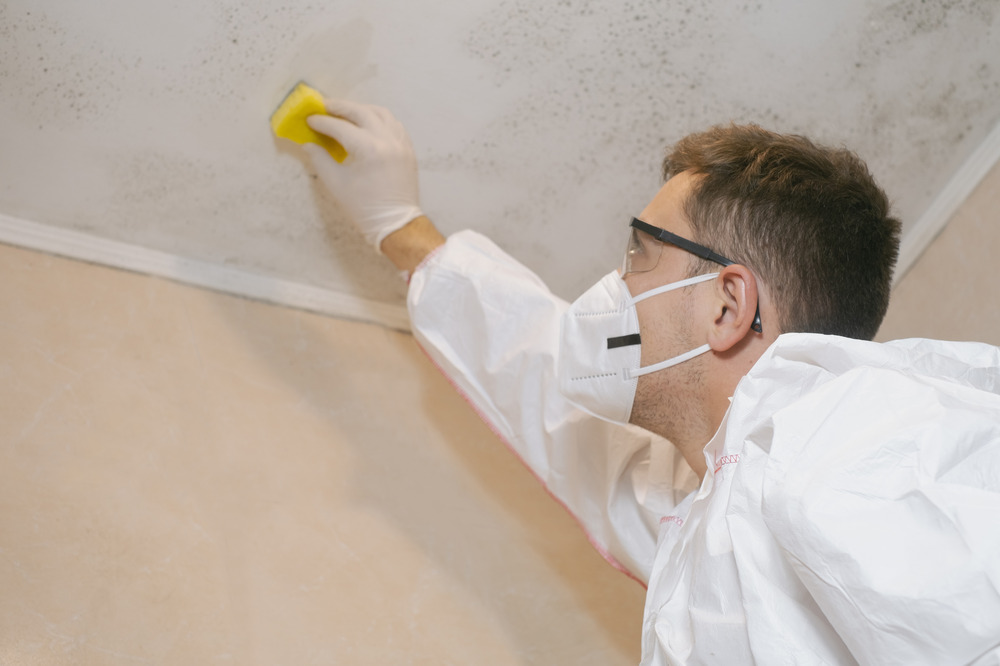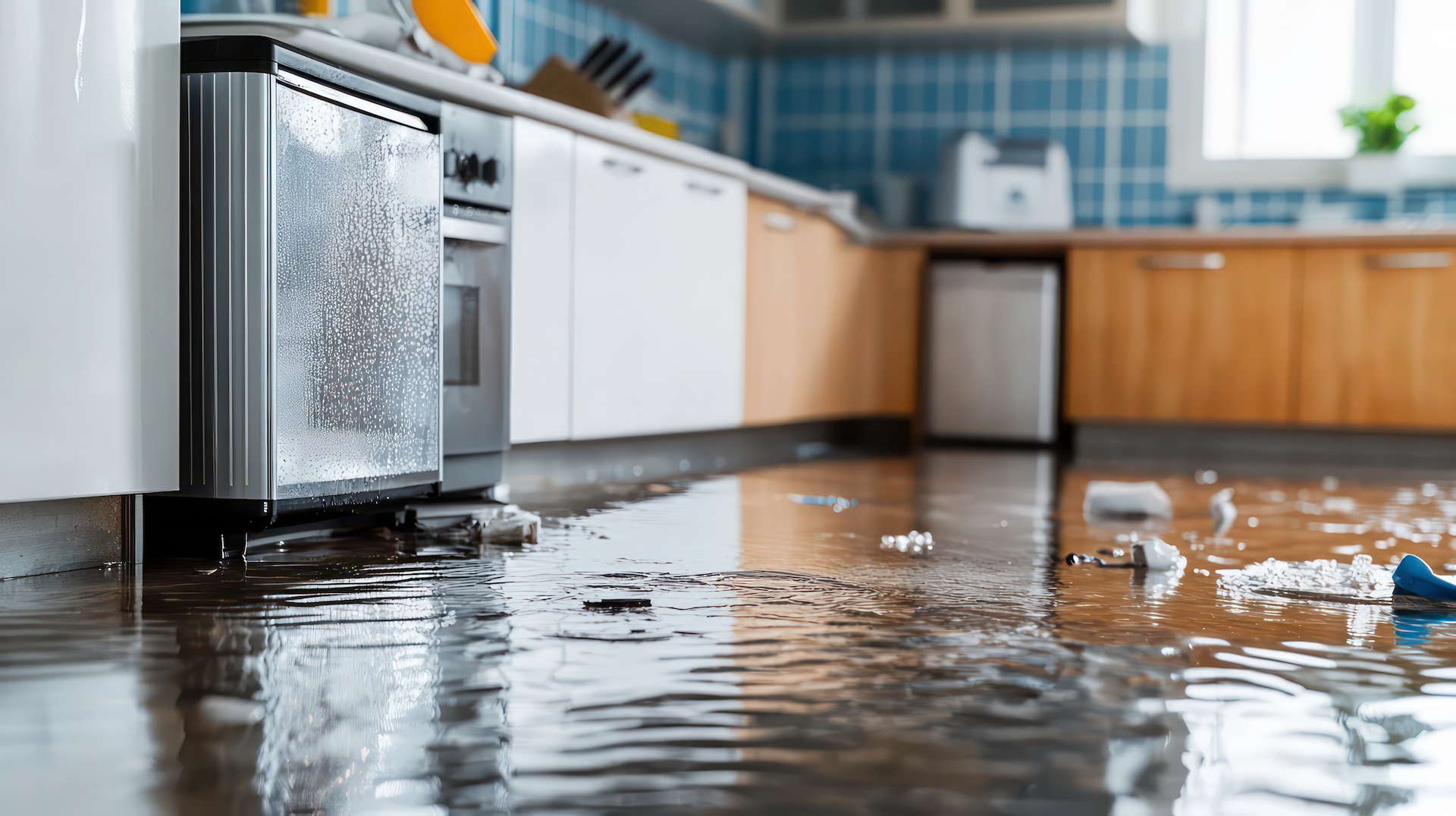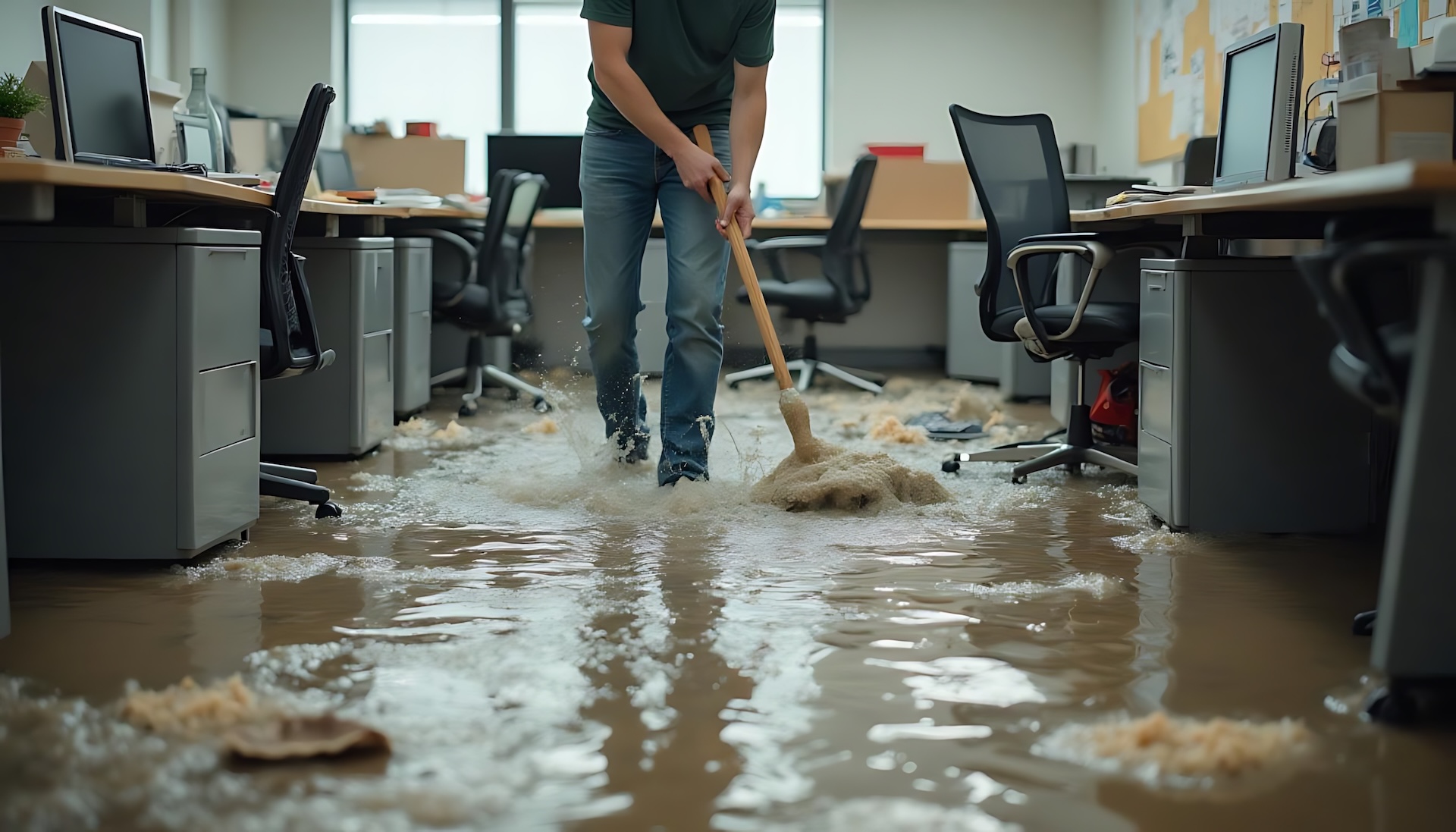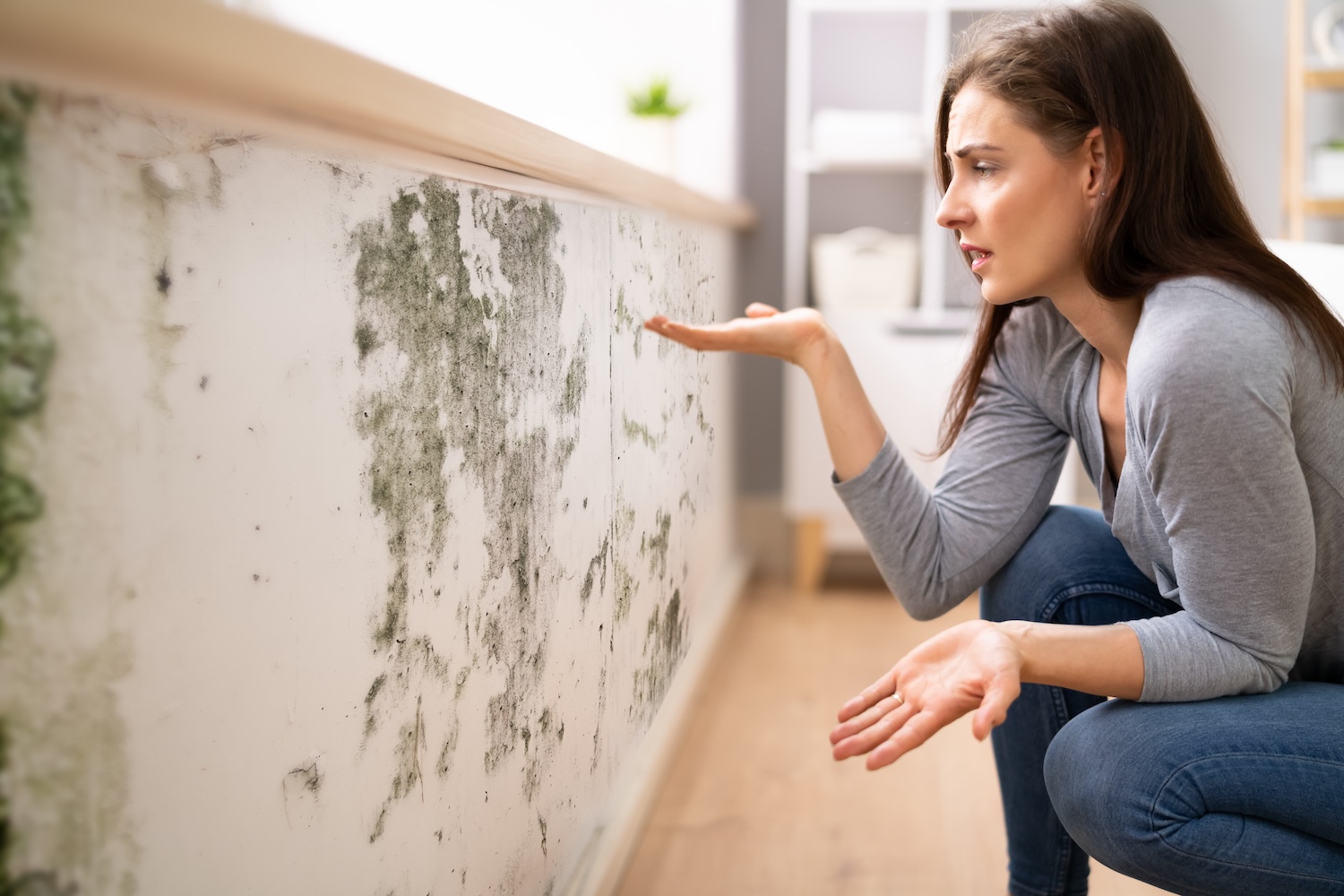Most California homeowners have encountered mold at least once. The coastal humidity and warm year-round temperatures in Los Angeles create the perfect environment for mold to thrive indoors. Mold growth isn’t just a danger to its structural integrity—it can also pose serious health risks to those living inside.
According to the California Department of Public Health (CDPH), mold exposure can lead to allergies, irritation, inflammation, asthma attacks, and even infections. These health concerns are often linked to black-colored molds because of their distinctive appearance and strong, unpleasant odor.
However, not all black molds are equally hazardous. Some are no more dangerous than green or white molds, while others can be far more toxic.
Learn how to identify toxic black mold, spot the differences between black mold vs. toxic black mold, and get mold prevention tips from a professional restoration expert.
What Is Black Mold?
Mold is a type of fungus that thrives in warm, damp environments. There are different species of mold, each with its own color, texture, and level of risk. For instance, mildew is a common type that typically appears gray or yellow and has a flat, dry, powdery texture.
Although certain black molds are notorious for their potential health hazards, it’s important to understand that not all black-colored molds are dangerous. In fact, black mold is quite common in homes, and its color alone doesn’t determine its toxicity. Likewise, some non-black molds can be just as harmful.
For example:
- Cladosporium. Recognizable by its olive-green, brownish, or black appearance and powdery texture. Commonly appears on wood surfaces, carpets, and fabrics. While exposure can sometimes trigger allergic reactions, most species are not considered dangerous to humans.
- Penicillium. This mold species typically appears blue, green, or white and has a fuzzy, wool-like texture. It spreads rapidly in damp areas, making it a common threat in homes with leaky walls or ceilings. Certain strains can produce mycotoxins, which have been linked to lung and kidney infections.
- Nigrospora. A widespread mold species with a deep-black or very dark brown appearance. It is primarily found in the soil or outdoor plants and carries no serious health risks.
What Is Toxic Black Mold?
Toxic black mold is one of the common names for Stachybotrys chartarum, a specific species of mold known for its greenish-black color and slimy, gelatinous appearance.
Stachybotrys chartarum often grows in patches that resemble soot or tar. If this type of mold is present in a home, it can expose its occupants to mycotoxins — poisonous particles that are released into the air and can be breathed in or ingested. The health effects of this black mold include:
- Sneezing
- Coughing
- Nose congestion
- Eye irritation
- Skin rashes
- Inducing or worsening asthma
- Wheezing
- Shortness of breath
People with mold allergies are at risk of more severe black mold symptoms, such as fever, coughing up blood, joint and muscle pain, or, in rarer cases, fungal infections (mycosis).
What Causes Toxic Black Mold to Grow in a Home?
While Stachybotrys chartarum is one of the more dangerous mold species, it is also relatively rare. According to the CDC, toxic black mold requires constant, high moisture levels to grow, such as water damage, leaks, condensation, or flooding. It also prefers highly cellulose surfaces, such as wallpaper, fiberboard, or gypsum board.

How to Identify Toxic Black Mold
Because of its color and preferred environment, toxic black mold can often be confused with less dangerous mold species or innocuous particles, such as dirt. If you suspect your home may have a Stachybotrys chartarum infestation, look for the following warning signs:
- Check the mold’s color. Toxic black mold is typically black or a very dark shade of green. Depending on the lighting and the surface it is growing on, it can appear bluish or greenish.
- Sniff for odors. Stachybotrys chartarum produces a strong, unpleasant, earthy odor reminiscent of rotting wood. Even if there are no visible signs, these odors are often the first indicator a home could have a toxic black mold problem.
- Observe the texture and growth pattern. Patches of living Stachybotrys chartarum mold have a wet, slimy, or gelatinous appearance. They typically grow in blotchy, tar-like patterns in corners, along seams, or wherever water and humidity accumulate.
- Consider the environment. Check the room or area you’re standing in and assess whether the environment would be favorable for this mold species. Toxic black mold only grows where prolonged moisture can remain. Areas at risk include behind walls with leaky plumbing, flood-damaged floors and walls, and basements with poor drainage or ventilation.
DIY Mold Remediation Risks
If you’ve discovered signs of toxic black mold in your home, avoid trying to clean or remove it on your own. Doing so could put your health and property at serious risk, including:
- Health hazards. Improperly attempting to clean or wipe Stachybotrys chartarum from a contaminated surface can release its spores into the air and spread them further in your home. Even if you have appropriate protective gear, the risk of toxic black mold spreading to other rooms can put your family at risk.
- Incomplete removal risks. Toxic black mold is often deeply embedded into the materials it is growing on. Even if you clean the affected surface with strong chemicals like bleach, it may not be enough to remove it completely. The mold may simply regrow or spread further.
- Property damage. DIY remediation methods often leave out more difficult-to-reach areas, such as behind walls, under floors, or above ceilings. Even if you manage to remove visible signs of mold, you risk missing patches of mold growing and spreading into your home’s structure. Over time, toxic black mold can weaken these elements, increasing the risk of severe property damage.
Instead, contact a mold restoration service provider and request professional mold testing. They have the equipment to confirm the presence of Stachybotrys chartarum and safely remove it from your property.
Keep Your Home Safe From Toxic Black Mold With Expert Remediation Services
The Paul Davis property restoration team receives continuous education and training on the latest mold and mildew remediation techniques. These measures help us protect your health and your California home from the dangers of mold while ensuring your property remains clean and compliant with state regulations.
Whether your home faces problems with regular mold, mildew, or toxic black mold, don’t let it go unaddressed. Browse our blog to learn more about property restoration, or contact our team to schedule a mold removal service.
FAQs
What’s the difference between regular and toxic black mold?
“Regular” black mold refers to the many species of mold that can be black or dark in color. Toxic black mold is a common name for Stachybotrys chartarum, a specific black or dark green mold species that can cause severe health issues and property damage.
How much does toxic black mold removal cost?
The cost varies depending on the affected surface’s location and size. It can be as low as $500 for a small patch in the basement or as high as $30,000 or more for a flooded or deeply infested property.
How can I keep toxic black mold from coming back?
The best way to prevent toxic black mold from returning is to eliminate the conditions allowing it to grow in the first place. Keep your home’s plumbing well-maintained, address any roof leaks as soon as you spot them, and keep indoor humidity under control. Consider scheduling annual mold inspections with a professional to identify and remove hidden mold growths.






